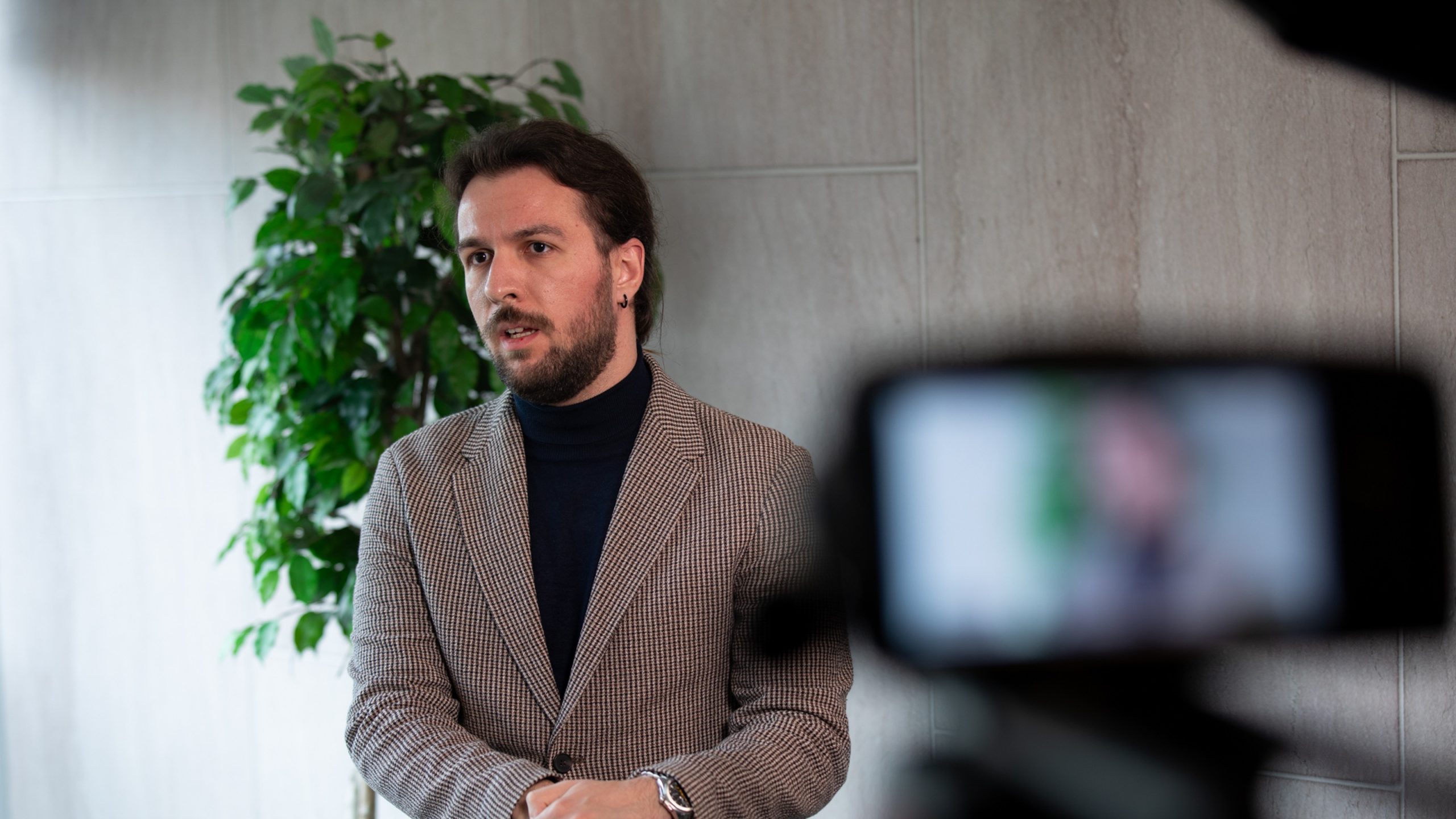Moral panic meets solidarity
The protesters at the port of Syros, with banners reading “Stop the Genocide” and “Free Palestine,” were followed by a second wave of comments on social media and in the wider public debate, which characterized the action as “extreme,” “offensive to Israeli citizens,” or even “anti-Semitic.” This pattern is not new, as Professor Donatella della Porta has pointed out, governments and the mainstream media often resort to mechanisms of “moral panic” to frame social movements. From this perspective, protest is not seen as a political stance but as a threat to “public order,” the “image of the country,” or even the fundamental values of society. Labeling these acts as anti-Semitic serves as a powerful weapon to delegitimize the acts themselves and is not so much a real analysis of the motives of the protesters, who as a whole were targeting the genocide in Gaza, but rather a positioning of activism in the realm of “forbidden speech” by placing it on the borderline of idionymon (special statutory crime in Greece, historically applied to suppress the Left and political dissent) crime. This is a strategy that attempts to shift the discussion from the content of the criticism, i.e., the policies of Israel and the Netanyahu government in Gaza, to the alleged motives of those who voice this criticism. In this way, the mobilization is “demonized” and the participants are stigmatized.
Such accusations are accompanied by a second narrative, namely that protests damage the country’s image, in this case “exposing Greece internationally,” serving as a pretext for suppressing movements that threaten established power relations. In the case of Syros, the Greek government and part of the media invoked “tourism” as a supreme value that cannot be touched. The economy, security, and international reputation were presented in this story as sacred domains, in which any intervention is tantamount to “undermining the nation.” Consequently, the demand to end the genocide in Gaza is reduced to a “local incident that damages our image.”
The analogy with other international experiences is more than necessary to clarify the beneficial nature of exerting international pressure. In Britain in the 1980s, the anti-apartheid movement faced similar accusations that activists were “hitting” British companies, damaging the economy, and exporting “foreign hatred” to a society that did not identify with the problem. In reality, however, as Matt Graham shows, that movement managed to connect the local with the international, transforming everyday practices — from what one buys at the supermarket to what concerts one attends — into acts of international solidarity. The same thing is happening in Syros, where the local port has become a mirror of global inequality and institutional inertia.
The Syrian-initiated reactions were not “isolated outbursts” but a confrontation between two parallel narratives: that of social solidarity attempting to fill the void left by international sanctions, and that of “moral panic” that seeks to present it as a deviation, anti-Semitism, or undermining of the national economy. Historical experience shows that such accusations aim to break the bridge between local action and global solidarity. The challenge for civil society in Greece, as in the example of anti-apartheid, is on the one hand for civil society in Greece to be able to keep the bridge standing, and, on the other hand, as Camus writes in “L’Homme révolté” (“The Rebel” in English), their revolt has to be grounded in the value of solidarity and not resentment.
